Foreign firms to invest in sewage treatment plants
Government urged to take encouraging steps for development of water treatment plants.
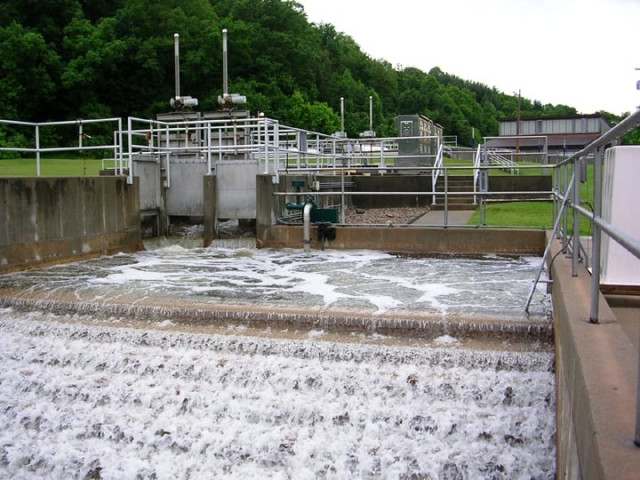
Foreign firms to invest in sewage treatment plants
“We have identified seven key areas for development of treatment plants in Sindh,” said NWE CEO Jamaal Hassan. Most of these areas are industrial zones where toxic effluent is dumped without being treated and is then used for agriculture and drinking purpose, which is the cause for majority of viral and untreatable diseases in Sindh, Hassan added.
It is believed that development of over 100 sewage treatment plants is vital for the survival of key agricultural land in Sindh or else in the next two years Sindh’s main soil components will deplete drastically. The existing water used by farmers is highly toxic and poses a great threat to consumers and growers.
This is a great opportunity we have generated for Pakistan and the government should take encouraging steps for the development of these plants, Hassan further said. We have also lined up investors for development of treatment plants in Karachi especially for DHA, KPT and City District Authorities; as only 10 per cent of wastewater is treated and the remaining is dumped into the sea which has destroyed the ecosystem near the coastal belt.Furthermore, he said that treated water can be reused for several purposes saving over 100 million gallon of potable water which is otherwise used for greenery development and can be directed for domestic consumption.
Published in The Express Tribune, January 18th, 2011.

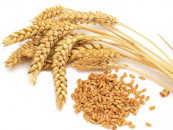

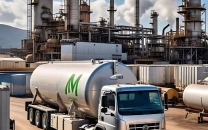
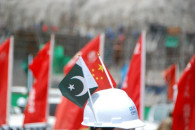

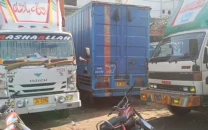




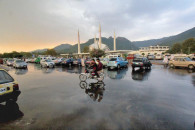


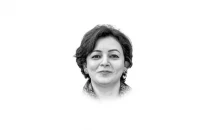
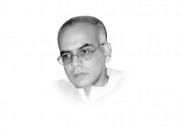
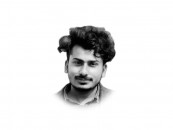
COMMENTS
Comments are moderated and generally will be posted if they are on-topic and not abusive.
For more information, please see our Comments FAQ